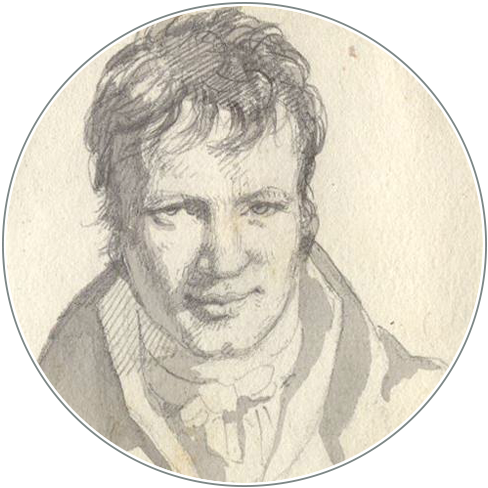Aus der Vorgeschichte der Aufforderung Alexander von Humboldts von 1836 an den Präsidenten der Royal Society zur Errichtung geomagnetischer Stationen (Dokumente zu den Beziehungen zwischen A. v. Humboldt und C. F. Gauß)
DOI:
https://doi.org/10.18443/70Parole chiave:
1836, Carl Friedrich Gauß, Erdmagnetismus, Royal SocietyAbstract
Zusammenfassung
Die Entstehungsgeschichte des bekannten Aufrufs Alexander von Humboldts von 1836, der zur weltweiten Errichtung geomagnetischer Beobachtungsstationen geführt hat, erfährt hier an Hand teilweise unveröffentlichter Briefe Humboldts an Astronomen insofern eine neue Beleuchtung, als gezeigt wird, daß seine endgültige Gestaltung zu einer ernsten Belastungsprobe des Verhältnisses Humboldts zu C. F. Gauß geführt hat. Zugleich werden neue Eindrücke von der Denk- und Arbeitsweise der beiden großen Forscher vermittelt.
Abstract
Letters of A. v. Humboldt to astronomers, partly unpublished, shed new light on the origin of his well-known appeal of 1836 which led to the establishment of geomagnetic observation stations all over the world. They show that its final version seriously strained his relations to C. F. Gauß. At the same time they give us a better view of the ways of thinking and working of these two great scientists.
Resumen
La genèse du célèbre appel d’Alexander von Humboldt (1836) qui amena la création de stations d’observation géomagnétiques dans le monde entier, reçoit ici une nouvelle interprétation pour autant qu'il est démontré, à l'aide de lettres de Humboldt, en partie inédites, que sa rédaction définitive fit naître une crise sérieuse dans les rapports entre Humboldt et C. F. Gauss. Cet exposé fournit en même temps de nouvelles impressions sur la manière de penser et de travailler des deux grands chercheurs.
Downloads
Come citare
Fascicolo
Sezione
Licenza
Copyright (c) 2005 Kurt-R. Biermann

Questo lavoro è fornito con la licenza Creative Commons Attribuzione - Non commerciale 4.0 Internazionale.
Die Rechte der eingesandten Artikel bleiben bei den Autoren und werden unter einer Creative Commons-Lizenz (CC BY-NC 4.0) veröffentlicht. Alle bei HiN publizierenden Autorinnen und Autoren akzeptieren dieses Lizenzmodell.
Die Autorinnen und Autoren tragen die Verantwortung für das Einwerben der Bildrechte.
Die Rechte am Layout und Design der Zeitschrift sind nicht übertragbar und können nicht ohne vorherige Zustimmung von HiN in anderen Publikationen weiterverwendet werden.










